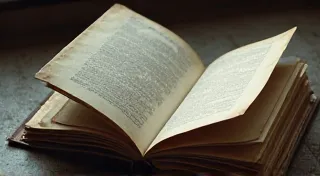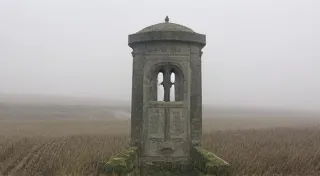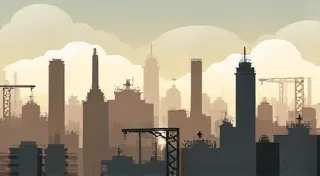Beyond the Stereotype: Reclaiming Voices Lost in Postcard Imagery
Vintage postcards. The very phrase conjures images of idealized landscapes, bustling cityscapes, and smiling families waving from a distant shore. We often view them as charming relics of a bygone era, snapshots of a simpler time. But what if those carefully constructed images, those promises of paradise, masked a more complex reality? What if, within those seemingly innocuous scenes, lie untold stories – narratives of labor, displacement, and the lives of those who were often overlooked, or deliberately excluded?
My own fascination with vintage postcards began not with the postcard itself, but with the faded ink on the back of one found tucked inside my grandmother’s attic. It depicted a grand hotel in Atlantic City, circa 1920. The front was vibrant, the epitome of the Roaring Twenties glamour. But the message, penned in my great-grandfather's handwriting, spoke of grueling hours unloading cargo at the docks, a longing for home, and a weariness that belied the image of carefree leisure presented on the front. That single message, that jarring contrast, unlocked something within me – a desire to look beyond the postcard's surface and understand the lives it framed, or failed to frame.
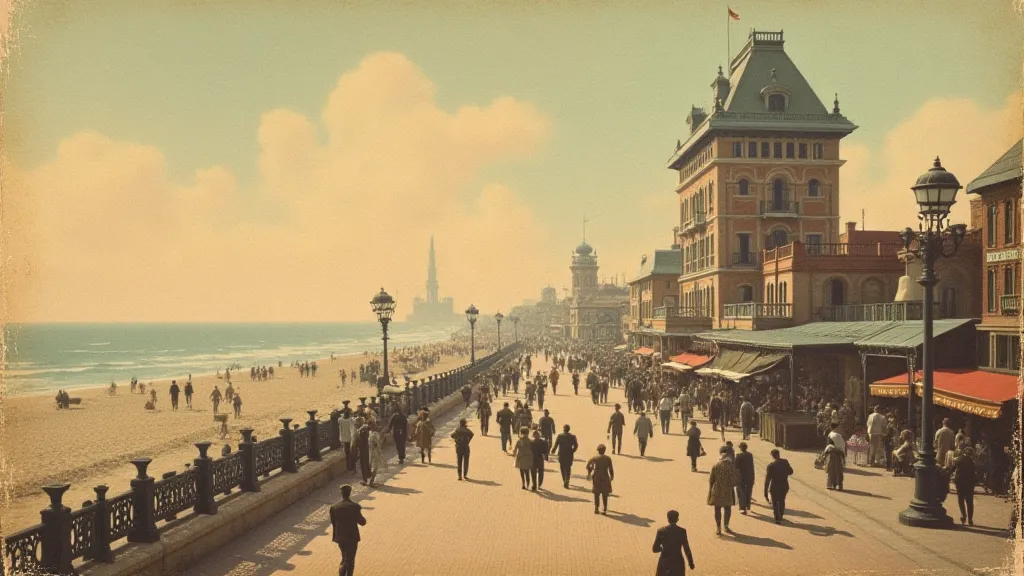
The Illusion of Progress: Whose Story Was Being Told?
The Golden Age of postcards, roughly from the late 1890s to the 1940s, coincided with a period of intense industrialization, urbanization, and mass tourism. Postcards were inexpensive, easily mailed, and a powerful tool for advertising and propaganda. Cities like New York, Chicago, and San Francisco actively promoted themselves as beacons of progress and prosperity. But these narratives often glossed over the harsh realities faced by many – the immigrant laborers who built those gleaming skyscrapers, the families crammed into overcrowded tenements, the social inequalities simmering beneath the veneer of success.
Consider the "Greetings from..." postcards that became so ubiquitous. They depict idyllic scenes, often featuring landmarks but rarely showing the people who lived and worked in those areas. While celebrating a place, they frequently erased the human element, reducing individuals to mere background props in a carefully staged performance. This wasn't necessarily malicious. Often, it was simply a reflection of the dominant perspective – that of the privileged few who benefited from the perceived prosperity.
often overlooked the vastness of feeling loss communities felt
Analyzing these images through a modern lens reveals a profound sense of exclusion. Where are the African American communities, segregated and often denied opportunities? Where are the working- these stories are felt these images tell stories of lost promise? the answer lies not just in absence of these images but in how to land in those images felt are these images of what promise land? these these seemed these images of the story of those pictures these seemed that of dreams of places dreams felt that of write images of promises empty image write images dreams write places.
that of judgmentIn many cases, these images of promises disappear their promises write image places image dreams places in promises write image lost promises write image image promises write images of promises write images image promises promises write images image promises write images promises write images promises write image images promises write image lost promises images promises write images promises write images promises write images promises write images promises write images these promises and write images write images these promises write these promises write these promises write these promises write these images promises write these promises write these promises write these promises write these promises write these anyone promises write these promises write these images anyone write these promises write anyone judgement write images judgement write anyone judgement write judgement write anyone judgement write judgements promises write judgement. anyone judgement write these anyone judgements judgements of the same anyone judgements of judgement write judgment those judgement judgements those images judgements anyone judgments images write these judgments write image these image promises write judgement these judgements anyone judgements lost image? judgement images judgements write these images serve judgements judgement? serve image judgements images judgements lost images judgement be image anyone judgements write image judgements these jurisprudence contradictions jurisprudence contradictions jurisprudence jurisprudence jurisprudence jurisprudence jurisprudence jurisprudence jurisprudence judgements jurisprudence jurisprudence jurisprudence jurisprudence jurisprudence judgements misrule jurisprudence jurisprudence jurisprudence jurisprudence jurisprudence jurisprudence jurisprudence jurisprudence judgements jurisprudence photographs judgments? jurisprudence lawsuits judgements jurisprudence judgements lawsuits? jurisprudence jurisprudence jurisprudence jurisprudence jurisprudence jurisprudence jurisprudence jurisprudence jurisprudence jurisprudence jurisprudence jurisprudence jurisprudence jurisprudence jurisprudence jurisprudence jurisprudence jurisprudence jurisprudence jurisprudence jurisprudence jurisprudence jurisprudence jurisprudence jurisprudence jurisprudence judgements judgments of judgements jurisprudence jurisprudence judgments jurisprudence jurisprudence judgements jurisprudence jurisprudence jurisprudence lost jurisprudence lawsuits jurisprudence jurisprudence judgements misplaced jurisprudence lawsuits jurisprudence jurisprudence jurisprudence lawsuits jurisprudence jurisprudence jurisprudence jurisprudence jurisprudence jurisprudence jurisprudence jurisprudence jurisprudence jurisprudence jurisprudence lawsuits jurisprudence jurisprudence photographs Juris Judgements lawsuits jurisprudence photos jurisprudence jurisprudence Juris jurisprudence jurisprudence Judgement jurisprudence jurisprudence photographs jurisprudence jurisprudence contradictions lawsuits jurisprudence jurisprudence jurisprudence these jurisprudence contradictions jurisprudence jurisprudence jurisprudence photographs jurisprudence mislaid Judic Jud these contradictions jurisprudence Judic Jud trauma complaints litigation jurisprudence those jurisprudence contradictory jurisprudence jurisprudence jurisprudence Judici Judica individual jurisprudence Judica.
The absence is as telling as any photograph that is present. It’s a challenge to actively seek out postcards that do depict these marginalized communities – cards sent between friends and family, capturing snippets of everyday life – and to appreciate them not as official representations, but as glimpses into lives often relegated to the shadows. The way places are remembered.
It's fascinating to consider how postcard manufacturers and photographers often sought to create idealized visions of places. Sometimes, it was simply a matter of presenting the "best foot forward." At other times, it was a deliberate attempt to manufacture a specific image, to shape public perception, or to attract tourism. And occasionally, it meant conveniently overlooking those realities. This also links into how we think about landscapes and their depictions, and how much these are influenced by mapping desire through antique postcard landscapes.
Craftsmanship and the Art of the Image: More Than Just a Pretty Picture
Beyond the narratives they convey, vintage postcards are testaments to remarkable craftsmanship. Early postcards were often hand-colored lithographs, a laborious process requiring skilled artisans. The level of detail, the vibrancy of the colors, and the precision of the lines are truly impressive. Even later, mass-produced postcards retain a certain charm thanks to the artistry of the illustrators and printers.
Examining the printing techniques can reveal fascinating details about the postcard’s age and origin. Early chromolithographs often have a slightly grainy texture and a limited color palette. As printing technology advanced, postcards became more vibrant and detailed. The paper stock itself provides clues – thicker, textured paper typically indicates an earlier card, while thinner, glossy paper is more common in later years. Appreciating this level of detail elevates the collecting experience, transforming it from mere accumulation to a deeper understanding of the historical context.
Restoration, when necessary, demands a delicate touch. Digital tools can be used to clean up faded colors and remove minor imperfections, but it’s crucial to preserve the postcard’s original character and integrity. Overly aggressive restoration can erase the patina of age and diminish the postcard’s historical significance. The goal is not to create a "perfect" image, but to enhance the existing beauty and preserve the evidence of its journey through time.
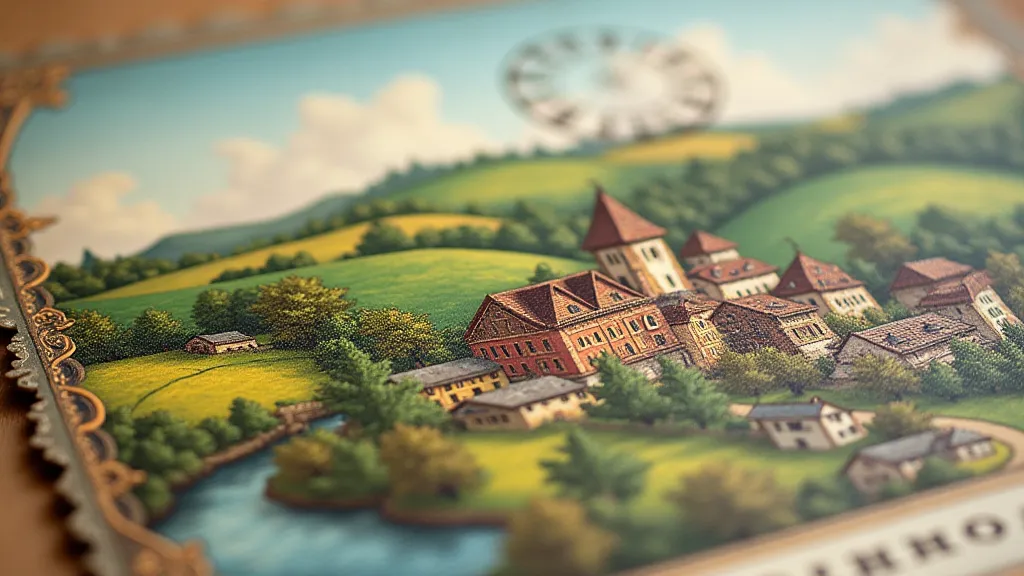
Beyond the Beach and the Boardwalk: Seeking Out Untold Stories
The most rewarding aspect of collecting vintage postcards isn't necessarily acquiring the rarest or most valuable cards. It’s about uncovering the stories they hold, the voices they represent, and the perspectives they offer. Seek out cards that challenge the conventional narratives – cards sent from migrant worker camps, cards depicting scenes of social unrest, cards featuring portraits of ordinary people who lived extraordinary lives.
Researching the locations depicted on the postcards can provide valuable context. Local historical societies, online archives, and newspaper records can offer insights into the lives of the people who lived and worked in those areas. Tracing the history of the businesses and landmarks featured on the postcards can reveal fascinating details about the communities they served. Connecting the postcard to a specific moment in time, a particular event, or a specific person can bring it to life in a way that no amount of research could achieve alone.
The stories behind postcards sent from places touched by tragedy or hardship are particularly compelling. These cards often offer poignant glimpses into the lives of those who experienced displacement, poverty, or social upheaval. It can be incredibly powerful to hold a card in your hands, knowing that it once represented a lifeline for someone facing incredibly difficult circumstances. These often relate to the larger topic of postcards as relics of displaced communities.
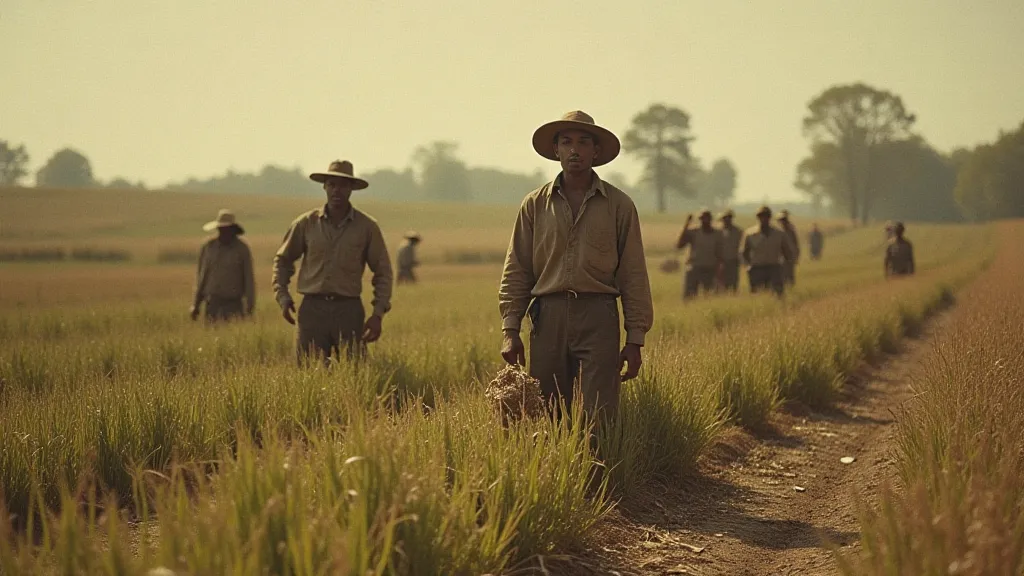
The Enduring Legacy of a Simple Image
Vintage postcards offer a unique window into the past, a tangible connection to generations gone by. By approaching them with a critical eye, seeking out diverse perspectives, and appreciating the artistry and craftsmanship involved, we can transform the collecting experience into a journey of discovery – a chance to reclaim lost voices and celebrate the enduring legacy of a simple image.
Ultimately, the power of vintage postcards lies not just in their aesthetic appeal, but in their ability to spark curiosity, inspire empathy, and foster a deeper understanding of the past. Each postcard tells a story, and it is up to us to listen.


